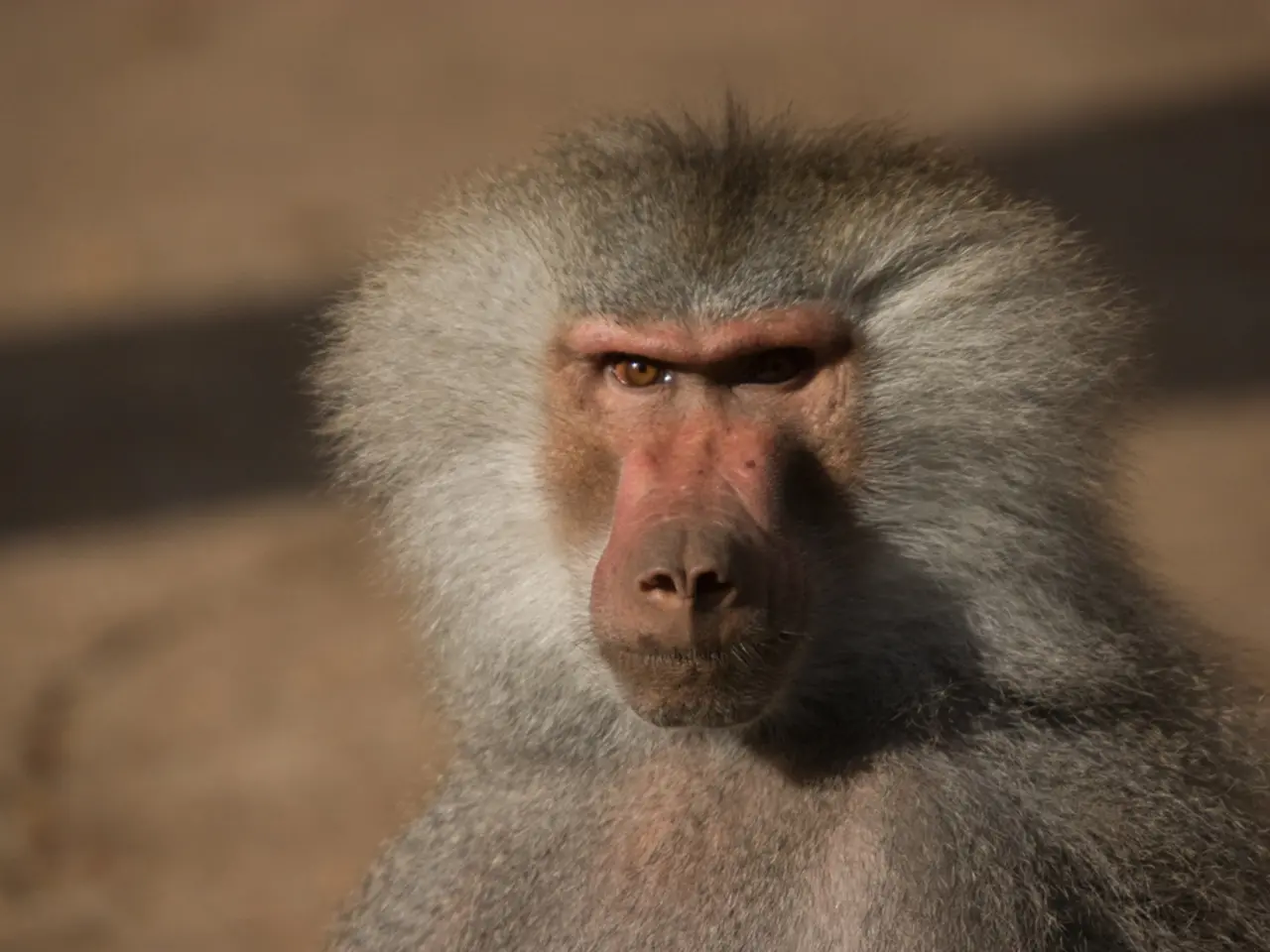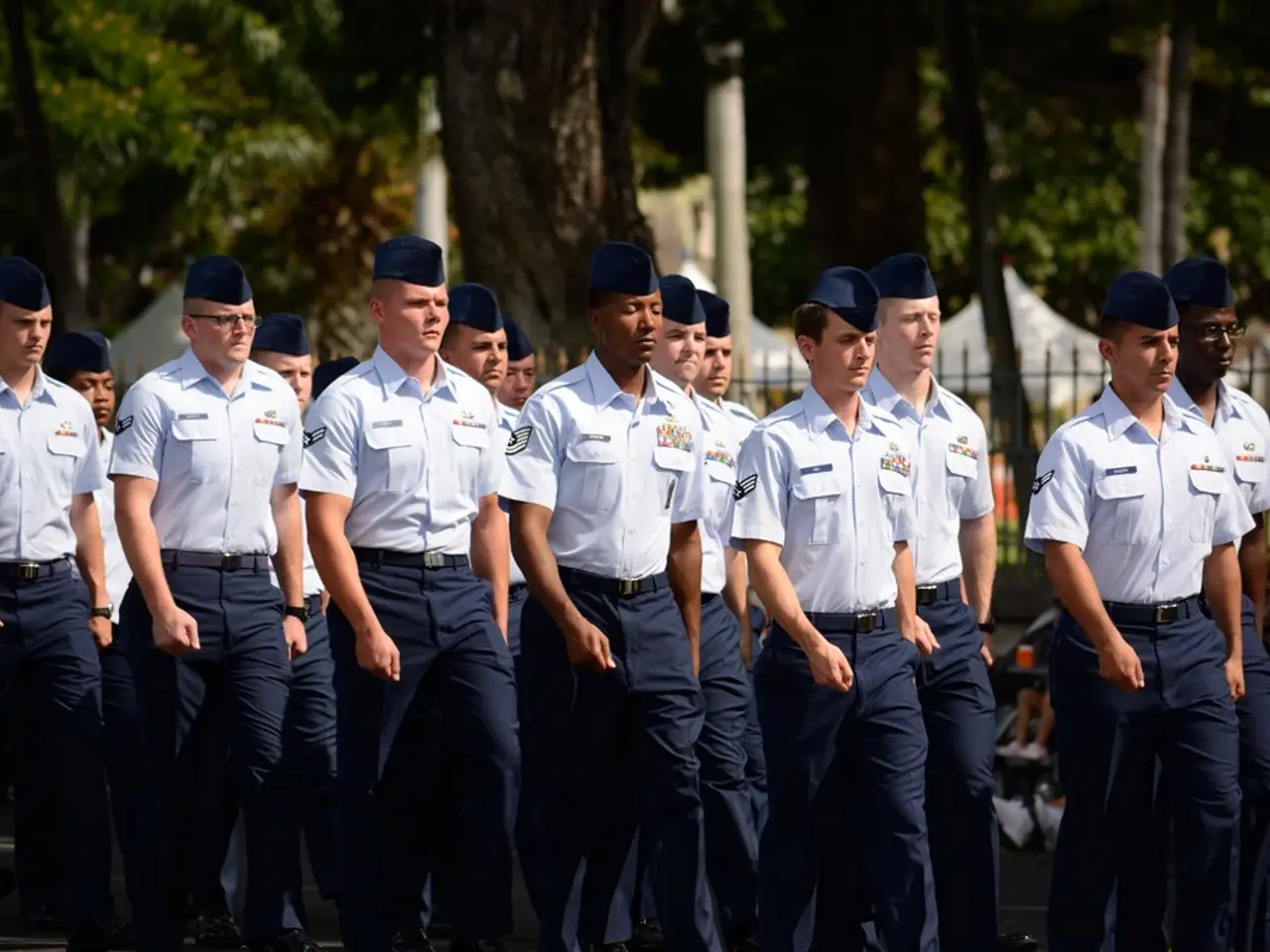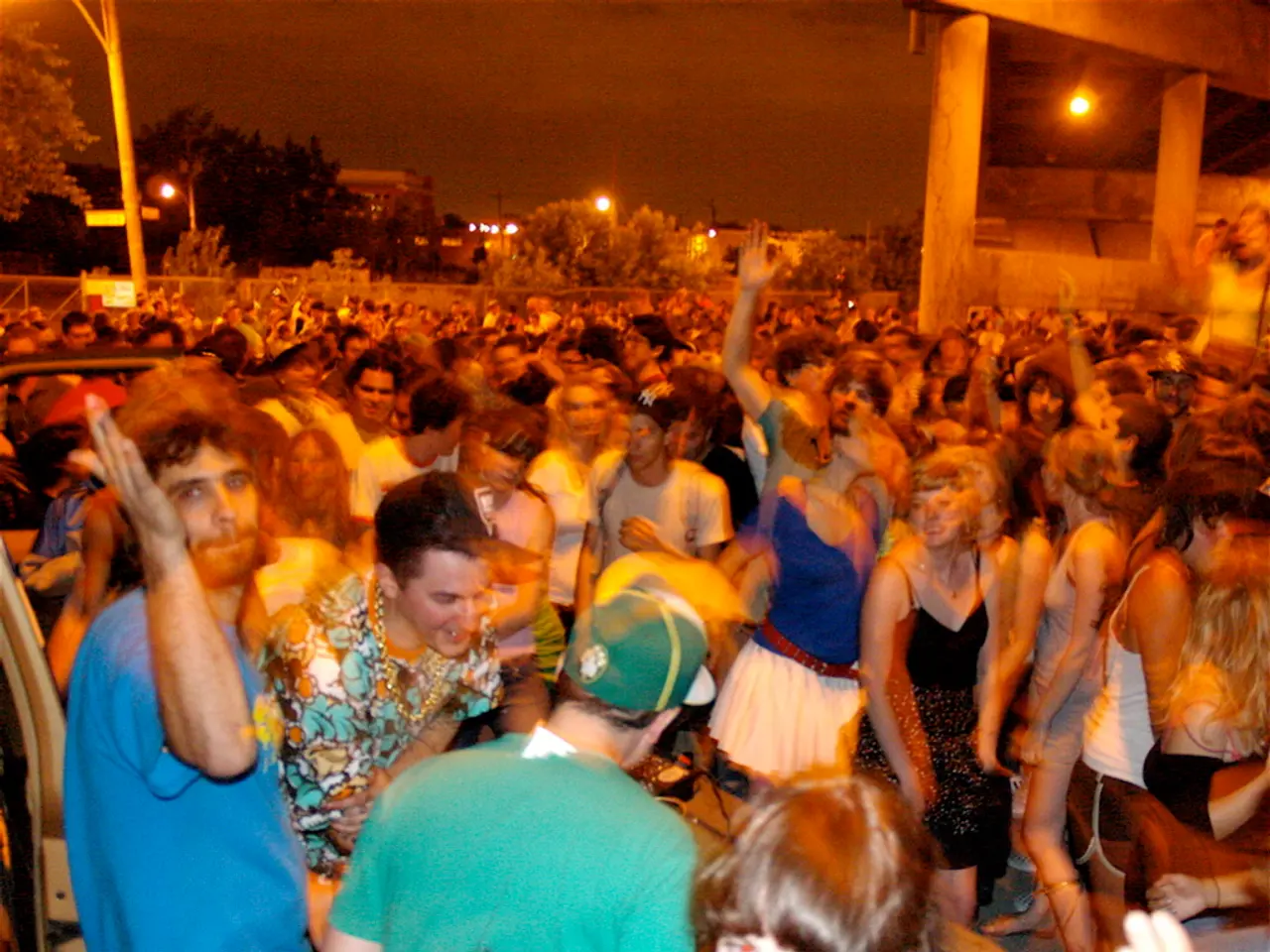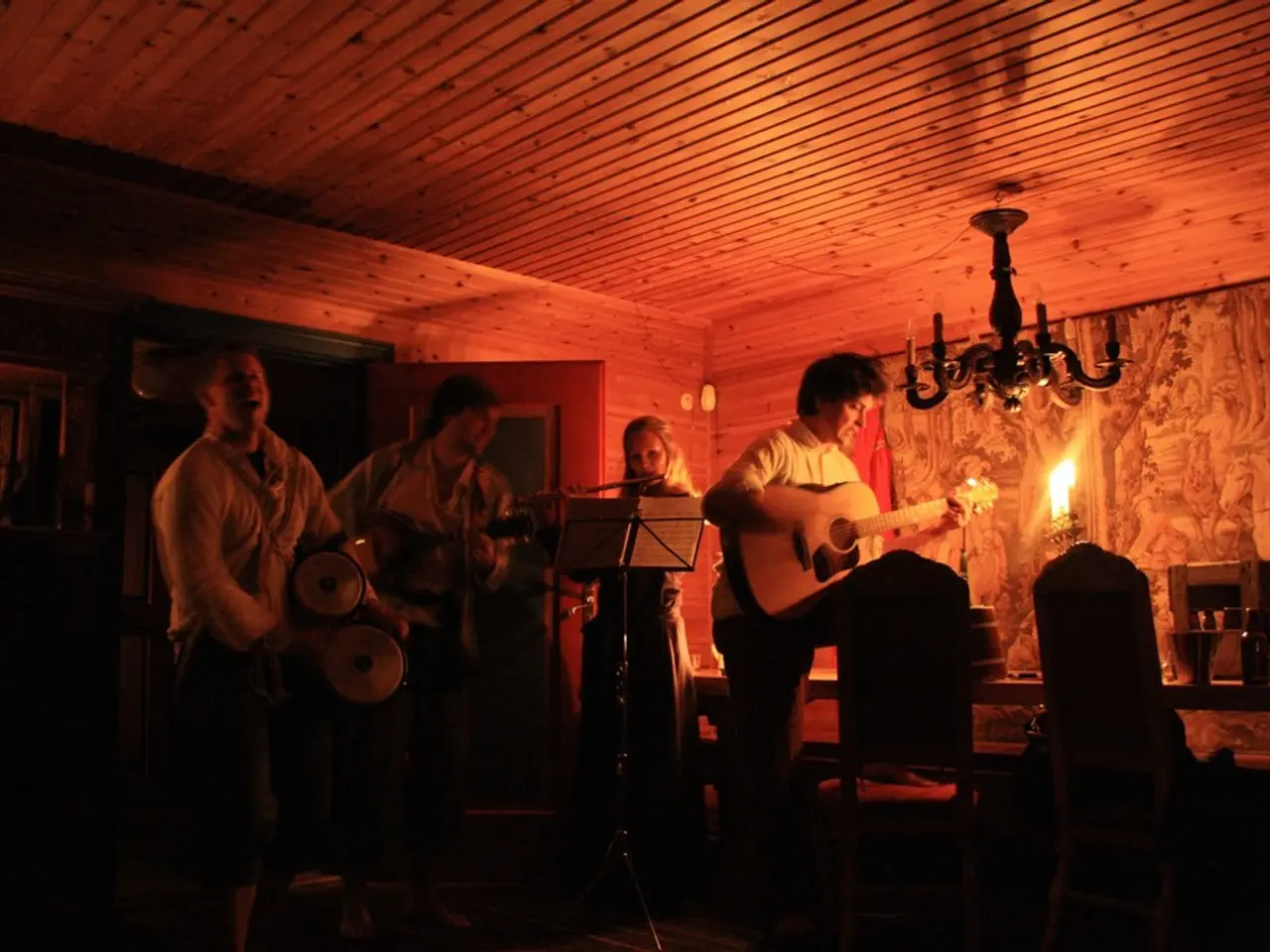In Nuremberg, Predators fed with slain Baboons
The Nuremberg Zoo has found itself at the centre of a heated debate following the euthanasia of 12 healthy baboons last week. The zoo communicated beforehand that they intended to feed the carcasses to carnivores, such as lions, tigers, wolves, and martens, as a means to stimulate natural behaviours and promote dental health in these predators.
The zoo cited severe overcrowding as the main reason for the euthanasia. The baboon population had grown from a capacity of 25 to over 40, leading to frequent conflicts and injuries. This overcrowding made it impossible for the zoo to maintain a humane habitat for the animals.
The practice has sparked significant public outrage and legal scrutiny. Over 100 criminal complaints have been filed with local prosecutors alleging illegal killing, and animal rights groups have strongly condemned the zoo’s actions as cruel and unnecessary. Protests have erupted outside the zoo, with an ongoing protest camp organised by Animal Rebellion.
Despite the controversy, the zoo maintains that their procedures are legal, communicated in advance, and done with animal welfare in mind. They claim that the carcasses were used to promote dental health and natural feeding behaviours in predators. Some parts of the baboons were removed for scientific research and out of respect for visitors, while four skeletons were preserved for museum collections.
The zoo also stated that they attempted to relocate baboons and implement contraceptive measures, but found no solutions elsewhere or effective ways to control population growth. Two baboons died during anaesthesia before euthanasia and will not be fed to predators.
The Nuremberg-Fürth public prosecutor's office is currently investigating the matter. The zoo's Vice Director, Jörg Beckmann, emphasised transparency and stands by the zoo's actions, stating that whole bodies with fur and bones are better for the dental health of predators.
The protest camp will remain until next Monday, with Animal Rebellion aiming to prevent further euthanasia of primates and the cessation of breeding at the zoo. The hands and feet of the euthanised baboons were removed out of respect for visitors, and six of the euthanised baboons were fed to lions, tigers, meerkats, and minks.
Animal rights activists have sharply criticised the zoo, with many questioning the ethical implications of the practice. The situation remains under investigation by local authorities, and the zoo accepts peaceful protests. Unlike many pets, the animals at the Nuremberg Zoo do not need to have tartar removed under general anaesthesia.
[1] Zoo euthanizes 12 healthy baboons due to overcrowding [2] Baboon euthanasia at Nuremberg Zoo sparks outrage [3] Animal Rebellion sets up protest camp near Nuremberg Zoo [4] Nuremberg Zoo under fire for euthanizing baboons and feeding them to carnivores
1) The Nuremberg Zoo, in their attempt to address overpopulation issues, implemented community policy and employment policy, including euthanasia of baboons and utilization of their carcasses for employee training, to stimulate natural behaviours and promote dental health in predators.
2) The controversial sports of lion and tiger feeding at the Nuremberg Zoo involves the use of euthanized baboons, which creates tension with local animal rights groups and sparks public outrage resulting from the zoo's employment policy regarding population control.








